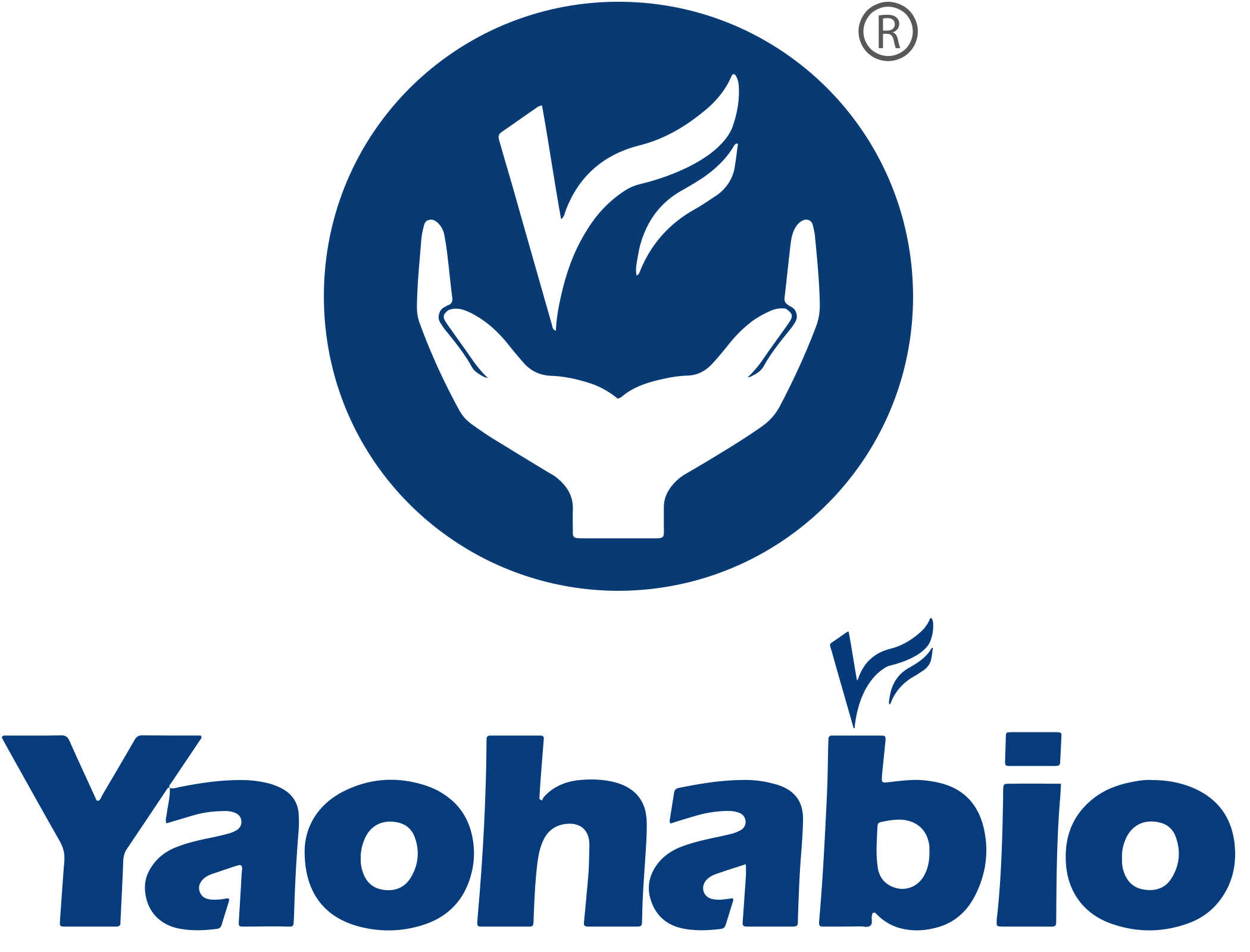N-glycosylation site occupancy is a physiological feature of glycoproteins and mainly produces N-glycan. Yaohai Bio-Pharma’s N-glycosylation site occupancy analysis service is conducted through digestion, release, enrichment and analysis using Liquid Chromatography-Electrospray Ionization Mass Spectrometry-Mass Spectrometry (LC-ESI-MS/MS).
We have been involved in the Protein Structural Characterization of various large molecules, including Recombinant Subunit Vaccines, Nanobodies/VHHs/ Single-domain Antibodies (sdAbs), Antibody Fragments, Hormones/Peptides, Cytokines, Growth Factors (GF), Enzymes, Collagens, etc.
Regulatory Requirements for N-glycosylation Site Occupancy
According to ICH Q6B guideline, “for glycoproteins, the carbohydrate content (neutral sugars, amino sugars, and sialic acids) is determined. Furthermore, the structure of the carbohydrate chains, the oligosaccharide pattern (antennary profile), and the glycosylation site(s) of the polypeptide chain are analyzed to the best extent possible.”
Analytical Method
| Analysis |
Methods |
| N-glycosylation site occupancy |
LC-MS after deglycosylase and protease digestion |
Procedures
1. Protein digestion of proteins to generate small peptide fragments.
2. N-glycan release using endoglycosidase H or PNGase F. Endoglycosidase H cleaves the bond between the two GlcNAc residues in the core of N-linked glycans, while PNGase F is a glycoamidase that severs the bond between GlcNAc and Asn, liberating the entire sugar chain and converting Asn into Asp with mass increasing of 1-Da.
3. N-glycopeptide Enrichment via HILIC (Hydrophilic Interaction Liquid Chromatography)
4. Analysis of N-linked glycosylation site occupancy using LC-ESI-MS/MS.

 EN
EN
 AR
AR
 HR
HR
 CS
CS
 DA
DA
 NL
NL
 FI
FI
 FR
FR
 DE
DE
 EL
EL
 IT
IT
 JA
JA
 KO
KO
 NO
NO
 PL
PL
 PT
PT
 RO
RO
 RU
RU
 ES
ES
 SV
SV
 IW
IW
 ID
ID
 LV
LV
 LT
LT
 SR
SR
 SK
SK
 SL
SL
 UK
UK
 VI
VI
 ET
ET
 HU
HU
 TH
TH
 TR
TR
 FA
FA
 AF
AF
 MS
MS
 BE
BE
 MK
MK
 UR
UR
 BN
BN

